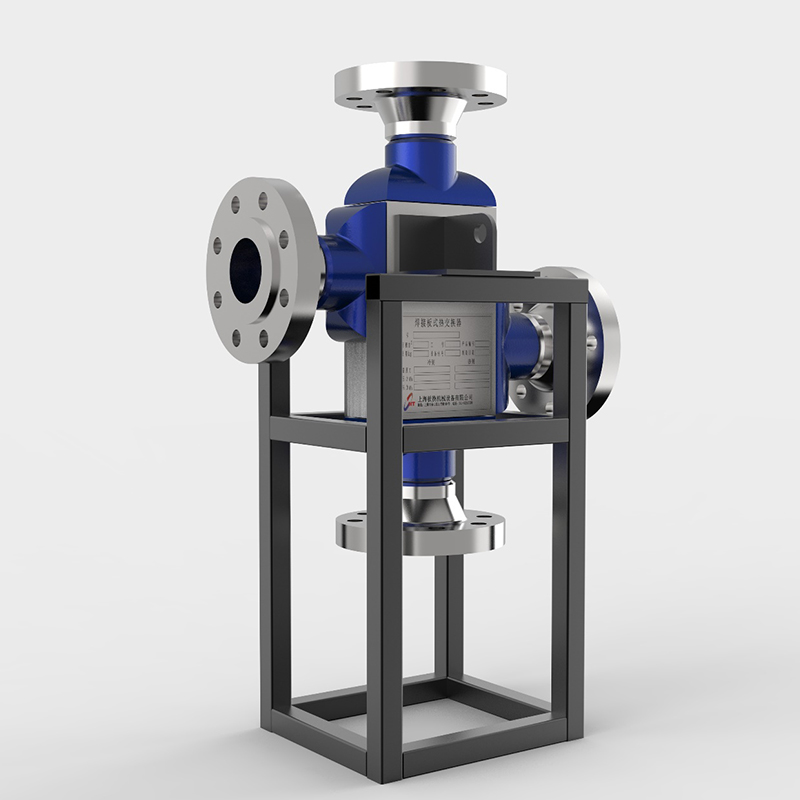5 key roles of plate heat exchanger gaskets.
Plate heat exchanger gaskets perform 5 key roles: ...
More
An exhaust heat exchanger water heater is an innovative system designed to capture and reuse waste heat from exhaust gases, typically from industrial processes, engines, or HVAC systems, to heat water efficiently. This technology transforms otherwise wasted thermal energy into a valuable resource, reducing energy consumption and operational costs. It is widely used in commercial, industrial, and residential settings where hot water demand is high, such as in manufacturing plants, hotels, and large-scale kitchens. By leveraging heat recovery principles, these systems contribute to sustainability goals by minimizing carbon footprints and enhancing energy efficiency.
Exhaust heat exchanger water heaters are engineered with durable materials like stainless steel or copper to withstand high temperatures and corrosive environments. They come in various configurations, including shell-and-tube, plate heat exchangers, or finned-tube designs, tailored to specific applications. Modern systems often integrate smart controls to optimize heat transfer and monitor performance in real time. With rising energy prices and environmental regulations, adopting this technology not only cuts costs but also aligns with global efforts to promote green energy solutions.
Exhaust heat exchanger water heaters operate by transferring thermal energy from hot exhaust gases to water through a heat exchange process. The system typically consists of a heat exchanger unit, water storage tank, pumps, and control mechanisms. As exhaust gases flow through the heat exchanger, they come into contact with water-carrying tubes or plates, heating the water without direct mixing. The cooled exhaust is then safely discharged, while the heated water is stored or circulated for immediate use.
Advanced models utilize counterflow or crossflow designs to maximize heat transfer efficiency, often achieving recovery rates of 60–80%. For instance, in a diesel generator setup, exhaust gases at 500°C can be reduced to 150°C, transferring significant heat to water. Some systems incorporate secondary heat exchangers or phase-change materials to further enhance performance. Real-world data shows that industrial installations can save up to 30% on energy costs annually, with payback periods as short as 2–3 years. Regular maintenance, such as cleaning soot or scaling, ensures longevity and consistent output, making these systems a reliable investment for sustainable hot water production.
Select the most popular foreign trade service products to meet your diverse needs
Learn more about the dynamics and professional knowledge of the foreign trade industry

Plate heat exchanger gaskets perform 5 key roles: ...
More
A gasket in heat exchanger seals surfaces, blocks ...
MoreAPI 662 defines standards for plate heat exchanger...
More
You can see clear differences between welded block...
More
Ignoring a fouled heat exchanger causes high energ...
More
A heat exchanger's main parts include the heat tra...
MoreSelect the most popular foreign trade service products to meet your diverse needs
Explore more content related to foreign trade services

User Comments
Service Experience Sharing from Real Customers
John Smith
Mechanical EngineerThe exhaust heat exchanger water heater is incredibly efficient and has significantly reduced our energy costs. Highly recommended for industrial applications!
Emily Johnson
HVAC TechnicianThis water heater is a game-changer for residential use. Easy to install and maintain, though a bit pricey upfront.
Michael Brown
Facility ManagerOur facility has been using this exhaust heat exchanger for over a year now, and it's been flawless. Great performance and durability.
Sarah Davis
Environmental ConsultantThis product is eco-friendly and highly efficient. It's perfect for businesses looking to reduce their carbon footprint.